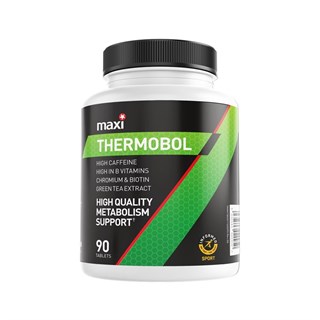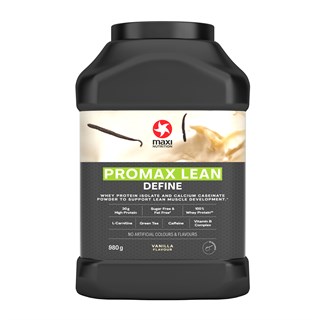Energy balance in sport and in normal daily life can help you tip the scales in your favour. However, you may be asking what is meant by energy balance and what does that mean for you?
Energy balance is the difference between your calorie consumption from food & liquid (energy intake) and calories used during daily activity, exercise and your metabolic rate (energy expenditure). By altering these you can affect your daily balance creating a positive, level or negative balance and make the difference between gaining weight and losing weight.
Use the following energy balances in sport and daily life alongside these handy tips for your goal:
Loser - How to Lose Weight
Top tips:
1. Create a calorie deficit of 500 calories per day.
2. Spread your calories across the day to stimulate your metabolism.
3. Choose slow digesting carbohydrates, such as whole breads and pastas.
4. Consume protein with each meal/snack to maintain muscle.
5. Reduce your plate size and therefore your portion size for each meal.
6. Aim to consume 5 portions of fruit and vegetables across the day.
Maintainer - How to Maintain Body Weight
Top tips:
1. Balance your calorie intake with your energy expenditure.
2. Spread your calorie consumption to 5 meals or snacks per day.
3. Select slow digesting carbohydrates as part of your diet.
4. Eat a protein rich food after training to rebuild muscle.
5. Consume lean proteins within each meal/snack.
6. Aim to consume 5 portions of fruit and vegetables across the day.
Gainer – How to Gain Weight
Top tips:
1. Create a calorie surplus of 500 calories per day.
2. Spread your calorie consumption to 5/6 meals or snacks per day.
3. Choose slow digesting carbohydrates and lean proteins for each meal/snack.
4. Add healthy fats to your diet as they contribute more calories than carbohydrate or protein.
5. Eat a protein rich food after training to support muscle development.
6. Consume a snack containing the protein casein (e.g. milk) before bed.
NIf you need to create a positive (gainer), level (maintainer) or negative (loser) energy balance for your goal, use the following equation to work out your daily calorie requirements:
Daily Energy Requirements
Step 1
First you need to calculate your Basal Metabolic rate (BMR)
MALE - BMR = 66 + (13.7 x WEIGHT (kg)) + (5 x HEIGHT (cm)) - (6.8 x AGE)
FEMALE - BMR = 655 + (9.6 x WEIGHT (kg)) + (1.8 x HEIGHT (cm)) - (4.7 x AGE)
E.g. - 1858.8 = 66 + (13.7 x 80 kg) + (5 x 172 cm) – (6.8 x 24)
Step 2
Multiply your BMR by 1.55, the activity factor for exercising 3-5 times per week.
E.g. - 1858.8 x 1.55 = 2881 calories
Step 3
Depending on your goal, either reduce or increase your calories by 500 calories from the activity adjusted amount.
E.g. - Weight Loser: 2881 - 500 = 2381 calories
Weight Maintainer: 2881 calories
Weight Gainer: 2881 + 500 = 3381 calories
Example based on male aged 24, weighing 80 kg, measuring 172cm in height. The Harris-Benedict equation (also called the Harris-Benedict principle) is a method used to estimate an individual’s basal metabolic rate (BMR) and daily calorie requirements. We are all individuals, with different requirements to achieve our goals but covering the basics of consuming a healthy diet for a and suitable energy balance will create the conditions for your body to be at its best and make your goal a success.
















